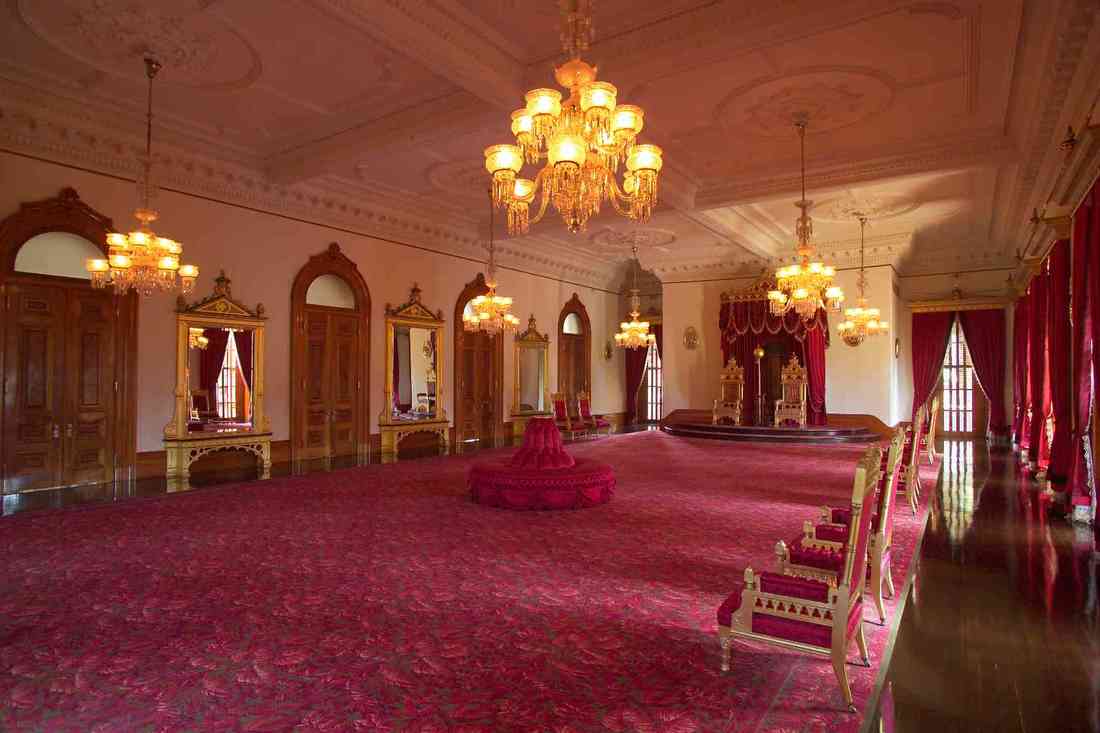 Hawaiian Kingdom National Coat of Arms.
Hawaiian Kingdom National Coat of Arms. In Hawaiian culture, feathered helmets, feathered cloaks, and feathered banners (kāhili in the Hawaiian language) were among the most prized of possessions and most important symbols of royalty. Bird catchers were among the most respected professionals in the islands! Their job was not to kill birds and take the feathers from the carcass but instead to catch the rare yellow mamu, scarlet honeycreepers (ʻIʻiwi in the Hawaiian language), and other birds - pluck the best feathers from them - and then release them! Much like gold and jewels were collected as tax and tribute in Europe, rare feathers were collected in the Hawaiian Islands. In fact, a wealthy man in Hawaii was referred to as a ‘manu hulu’ or feathered bird! The scarlet and gold feathers of the rarest birds were the most prized and thus came to be associated with the most important of the ali’i and eventually also became the royal colors of the Hawaiian monarchy.
Important royals in Hawai’i would wear elaborate feathered cloaks and helmets and be escorted by servants carrying the proud kāhili which proclaimed their rank. All of these things were priceless - consider that Kamehameha’s cloak alone required the feathers of at least 80,000 birds!
Over time, many of these important and beautiful symbols of royalty disappeared. Some were stolen from Iolani Palace after the overthrow, others were given as gifts, traded away, or lost. The examples that still exist are among the most important artifacts in museums the world over - many of them are in the Bishop Museum in Honolulu or recovered and restored to Iolani Palace. While the time of feathers has passed, red and yellow still represent the Hawaiian monarchy today.












 RSS Feed
RSS Feed